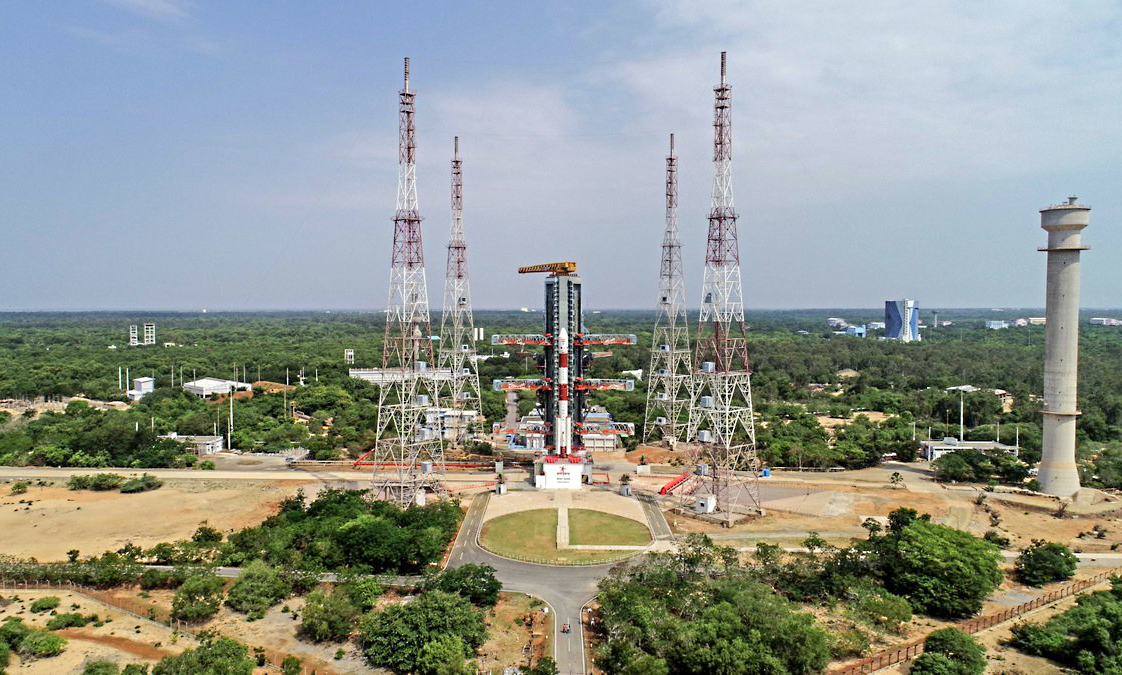


On Sunday, the Aditya-L1 spacecraft, which was successfully launched to study the Sun, performed its first earthbound maneuver. The satellite is “healthy and operating nominally,” according to ISRO’s most recent update, and the next maneuver is planned for Tuesday at 0300 IST. After successfully landing a lander in the unexplored South Pole region of the moon, the Indian Space Research Organization (ISRO) turned its attention to its upcoming space adventure. On Saturday, Aditya-L1, the nation’s first solar mission, was launched from Sriharikota.
It carried seven different payloads to have a detailed study of the sun, four of which will observe the light from the sun and the other three will measure in-situ parameters of the plasma and magnetic fields.
Aditya-L1 will be placed in a halo orbit around Lagrangian Point 1 (or L1), which is 1.5 million km away from the Earth in the direction of the sun. It is expected to cover the distance in four months’ time.
Aditya-L1 will maintain a distance of 1.5 million kilometers (1%) of the distance between the Earth and the Sun from the planet. It will be pointed in the direction of the Sun. Aditya-L1 would investigate the Sun’s outer atmosphere because the Sun is a massive sphere of gas. Aditya-L1 won’t touch down on the sun or get any closer, according to ISRO. Aditya-L1 will be able to continuously observe the sun from this advantageous location without being constrained by eclipses or occultation, enabling researchers to track solar activity and its effects on space weather in real-time. The data from the spacecraft will also contribute to a deeper understanding of space weather drivers and help identify the series of processes that lead to solar eruptive events.